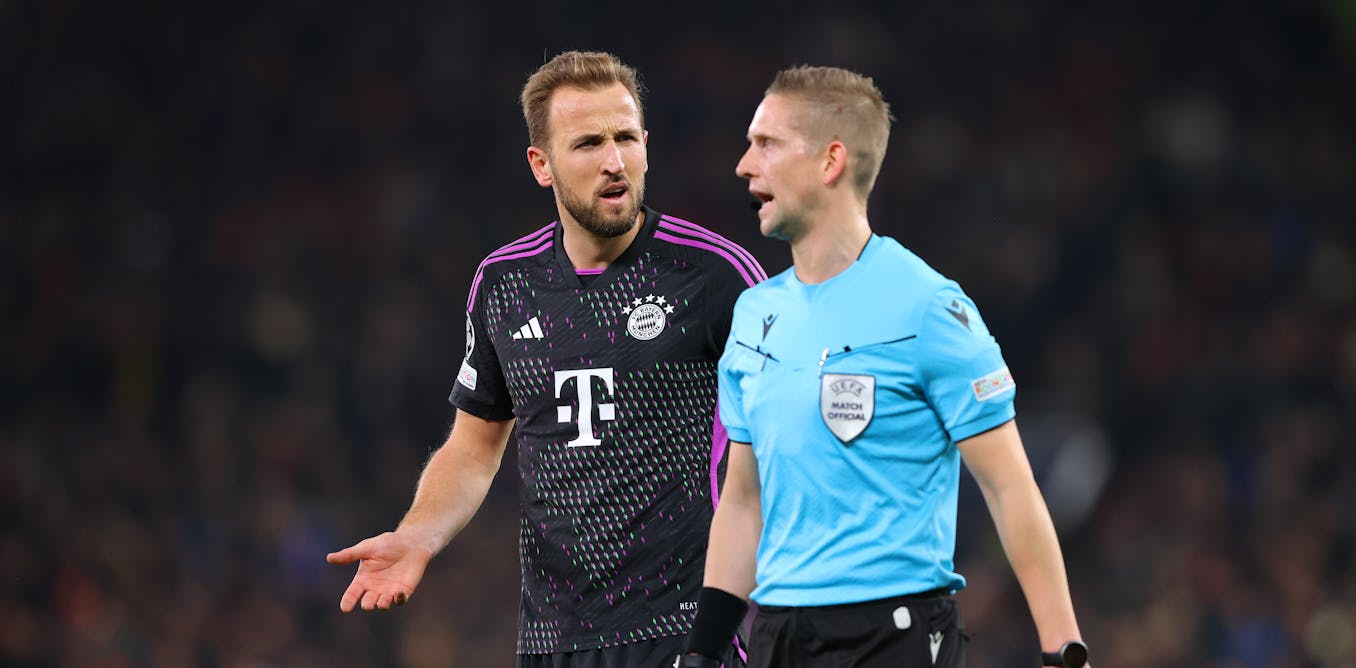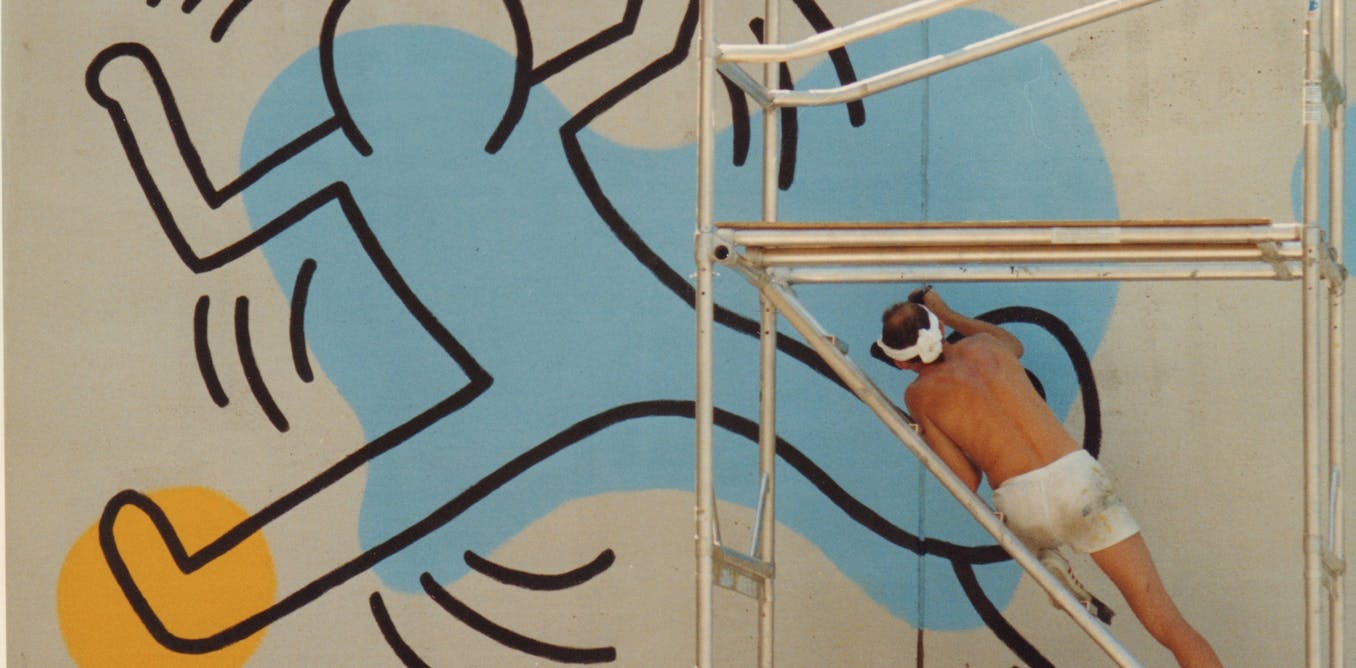Many of us have quit a job at some point in our lives – but how many have wondered if they had “just cause” to do so? Were you acting on a whim? Did your departure make life difficult for your employer? And did your desire to move on really outweigh the loss this meant for your boss?
Just cause can be a real problem for professional soccer players who want to change teams. Under the soccer transfer system created and operated by FIFA, the sport’s world governing body, players who quit without showing just cause – that is, who fail to show that their employer treated them in manner that is demonstrably unfair – can be subject to significant financial and disciplinary penalties.
But that could soon change. On Oct. 4, 2024, the European Court of Justice took a major step toward dismantling an employment system that placed undue burden on employees and, thankfully, was dispensed with for the rest of us long ago.
As a sports economist, I have written about this subject for several years now, and I know of no system outside of sports that restrains the rights of the employee to a comparable extent.
An object lesson for FIFA
The legal case is complicated, but the essence of it is that Lassana Diarra, a star player for Lokomotiv Moscow back in 2014, got into a dispute with the Russian club while under contract and quit. He then got a job offer from a Belgian club but was unable to take it because of the FIFA transfer regulations.
Photo by Jean Catuffe/Getty Images
Under the governing body’s rules, not only was Diarra expected to pay damages to Lokomotiv amounting to US$11.5 million plus interest, but he was unable to take a job with any club until the dispute was settled. A formal suspension was not enforced, because Diarra had already been unable to work for 11 months.
But Diarra countersued, claiming the regulations of FIFA unreasonably restricted his employment rights. The case has passed through many stages, until the highest court in Europe finally delivered its decision.
The court struck down two specific parts of FIFA’s regulations: the rule that an International Transfer Certificate, required by a player to move from one country to another, cannot be issued until the dispute is settled; and the stipulation that any new employer of the player is jointly and severally liable for any damages against the player due to the old club, regardless of whether that employer played a role in the dispute.
The court, which has historically been deferential toward sports governing bodies and their regulations, was highly critical of FIFA’s transfer system. It declared the rules anti-competitive “by object” and not just “by effect.” In the view of the court, the rules were not merely aimed at ensuring an orderly market for soccer player services, but amounted to a “non-poaching agreement,” arguing that they were intended to restrain competition for players in order to benefit the clubs.
An end to transfer fees?
The decision means that FIFA will have to rewrite its transfer rules in a way that demonstrates that the system has a clear and legal purpose. The regulations will be deemed legitimate, the court said, for the purposes of guaranteeing “contractual stability” and ensuring that clubs have the right to receive compensation when there’s breach of contract.
A player who quits while under contract will still need to demonstrate just cause – unfair treatment by the club – or else be liable to pay a fine or penalty. But the new system will look very different, and it is hard to see how the payment of transfer fees can survive.
Last summer alone, clubs in the top five European leagues spent around $5 billion on player transfers. Frequently, there are moves between clubs in each direction, and so cash transfers are smaller than the big money moves that grab the headlines.
The system deprives some star players of substantial potential earnings.
Take England national team captain Harry Kane, for example. In 2023, German club Bayern Munich paid London-based Tottenham around $100 million to buy Kane out of the last year of his contract. Kane was being paid about $13 million a year at Tottenham, and he got a four-year contract at Bayern, paying him around $27 million a year.
While his salary doubled, Kane received only half of what Bayern was prepared to pay to obtain his services, thanks to the FIFA regulations. The rest went to his former club.
Here is what one might expect to happen from now on: Kane would unilaterally announce that he wanted to leave, and then a club like Bayern could make an offer. Tottenham would no longer have any enforceable claim over Bayern and so no transfer fee would be paid, and Bayern would offer to pay Kane something like $52 million a year.
Kane would have to pay damages to Tottenham for breach of contract, and the court suggested that these damages might reasonably equal the wages that the club would have paid him for the remainder of the contract – so in the case of Kane, $13 million.
Clearly Kane would have been much better off if the judgment had arrived a year or two ago.
Don’t fall for the trickle-down myth
Soccer fans will be worried that this means financial ruin for their club and increases inequality as the big clubs poach the big stars.
But I see no reason to think that the sky will fall. As recent research has shown, the transfer system has a negligible effect on the distribution of resources among the clubs. Rather, transfer fee spending is more likely the source of financial instability than its remedy, as some clubs spend extravagantly with unrealistic expectations.
It is true that club owners hoping to grow rich by developing young players and trading them in the market will believe that they now have fewer opportunities, but for most clubs, this has always been an illusion.
Big clubs tend to tie up the potential stars in their teens, leaving few opportunities for small clubs to find diamonds in the rough.
Major League Soccer, the U.S. professional league, for example, has ambitions to one day match the big European leagues and has committed significant resources to developing player talent.
But recent figures suggest that the league is still a net importer of players – and not just superstars such as Lionel Messi.
In fact, MLS might actually benefit from the end of the transfer system. There are plenty of talented players who might fancy a year or two in the U.S. if they are not unduly tied down by transfer regulations.
Blowing the whistle on unfair practices
But perhaps the biggest impact of the ruling will be on the mass of professional players who do not live in the spotlight.
FIFA estimates there are around 130,000 professional players worldwide, and most of them earn little in comparison to the super-salaried stars of the world’s biggest clubs.
Yet, these journeymen and -women players have been bound by the same restrictive system and are often denied the opportunity to change teams – not because they are being offered great riches, but because they want a change of scene, or to be closer to their families.
FIFPro, the players’ union, has documented numerous cases of onerous employment conditions, which were possible under the repressive transfer system.
Thanks to the European Court of Justice, those days may soon be over.




